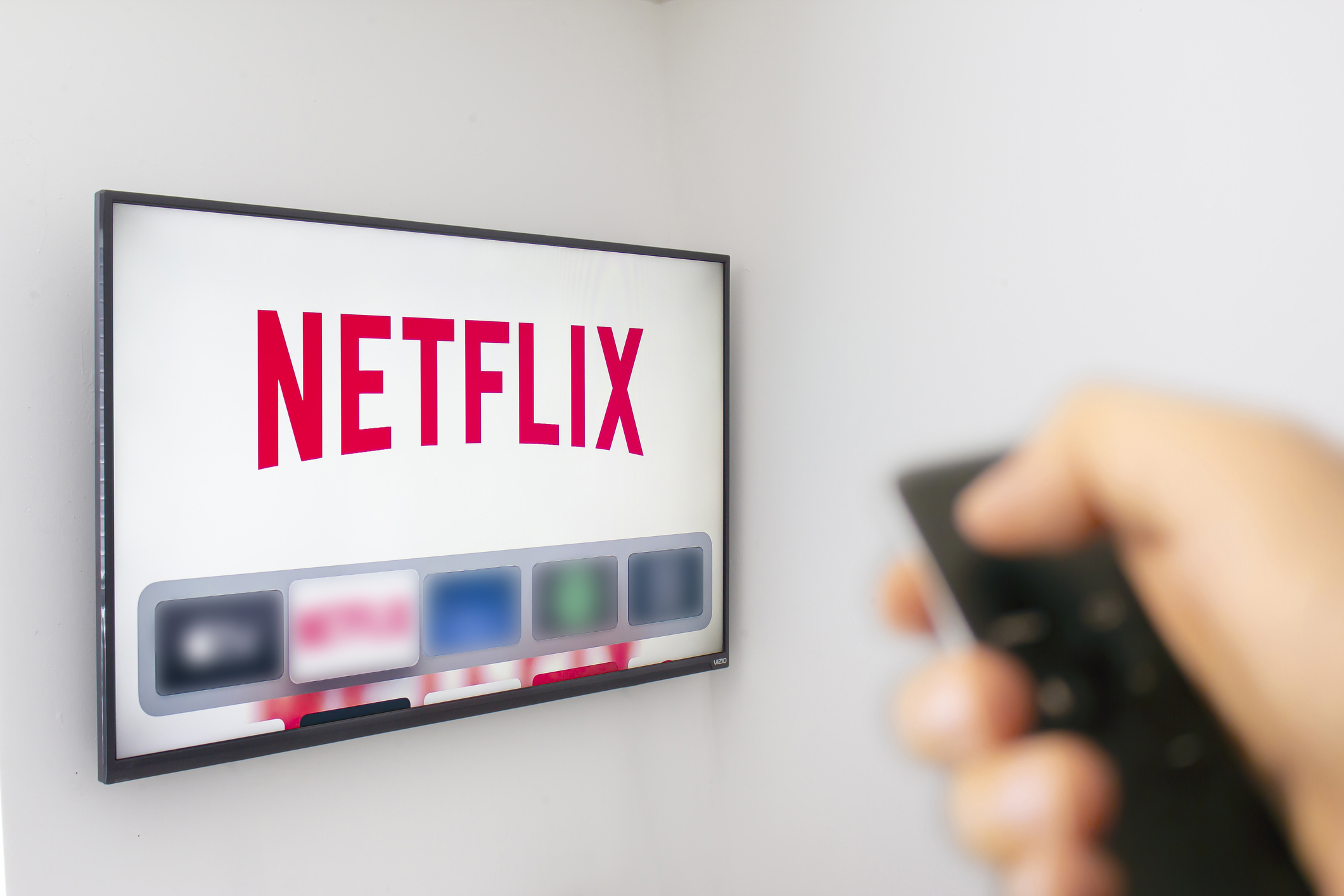Digital Summit Boston Recap
Tee shirts. Pens. Can cozies. Binder clips. Even a squishy owl.
The vendor hall at Digital Summit Boston was bustling with budding young marketers, seasoned industry veterans, and everyone in between. Attendees networked with professionals from various companies, grabbed free branded goodies as souvenirs, and chose their sessions on their conference brochures. Energy was high; the hall buzzed as marketers from all industries and various levels of expertise convened to share best practices, tell stories of their experiences, and learn from each other. The feeling of community permeated the Westin concourse, the excitement for professional development was palpable, and the smell of coffee wafted into each of the three session halls. The conference was about to begin.
Fast forward to the end of day two, and everyone was tired in the best way possible. Speakers had challenged beliefs, proposed new frameworks, and shared the results of daring experiments, like mad scientists proclaiming their findings. Attendees absorbed as much information as possible, took notes as quickly as their hands could write or type, and discussed amongst themselves how these valuable lessons could be applied to their projects and teams once they returned to the office. As the conference emptied, aside from a few lingering networking enthusiasts, drinks still in hand from the closing reception, attendees walked away invigorated, inspired, and ready to transform their businesses for the better.
Now, here’s the fun part: What happened in between?
It’s a noisy world out there.
73% of people produce more marketing content today than they did a year ago.
42% of marketers spend more money on their marketing efforts than they did a year ago.
But only 35% can say for certain that their content marketing strategy is effective.
Why don’t those numbers add up?
The biggest challenge marketers tend to face today is the ability to consistently produce engaging content that our target audience wants and uses and waits for and loves. It’s not as simple as it sounds.
There are a LOT of messages being pushed out there in a variety of ways – aggressively, quietly, creatively, and otherwise. It is often the job of the marketer to figure out how to cut through the noise and distinguish a company’s brand among the myriad digital messages we receive each day. Subsequently, the main lesson for marketers is that what you do is more important than how much you do. How you execute matters more than how much money you spend on it. In other words, brains over budget. Strategy over money. Quality over quantity.
One way to do that is to sell a lifestyle instead of a product. Another approach is to change the narrative by disrupting the marketing world and powering your strategy with a captivating story. A third technique is to focus on having a brave perspective and strengthening your tone of voice to resonate with your intended readers, viewers, and customers.
The way to cut above the noise is to be as “you” as you can be. Define your context, story, and perspective, and be confident as you amplify your voice across digital channels and reach the right people through effective targeting solutions (by using advanced technology such as the offering developed by AdDaptive).
Human connections aren’t a thing of the past.
The biggest differentiator in content production – and in its reception, which is quite possibly the most important part – is a company’s point of view.
Every company has access to the same functionalities and capabilities; all marketing tools are readily available for purchase by any company with the budget to afford them. The difference lies in the way you use those tools.
Do you reflect your culture?
Do you tell your unique story?
Do you pay attention to the way people connect with your brand?
These are important questions to ask, answer, perhaps even document, and use to guide your marketing strategy.
Alignment can only strengthen your strategy.
Whether you are looking to create one email or develop an entire marketing department from scratch, all marketing efforts should be aligned with your organizational goals and strategies.
Regarding marketing in particular, every aspect – from the data you collect to the messages you send – must reflect your brand, which embodies your entire company. Your brand is an extension of your company’s product offering, culture, reputation, leadership, and everything in between. Aligning marketing efforts with strategy and overarching organizational goals will ensure consistency, which builds credibility.
One proven way to do so is to know your “why” (fans of Simon Sinek will appreciate this reference). Knowing why you operate the way you do, the reasoning behind your strategies and goals, the justification behind your approaches, and the reason you are communicating and marketing the way you are will help you better understand your company’s identity. Knowing and communicating your identity internally and externally will ensure your company moves like a well-oiled machine. Employees will be able to utilize the same phrases, give the same elevator pitches, and reflect your brand consistently across the board, and people who engage with your brand will be able to understand how it can benefit them and add value, which puts you on their radar and guides you one step closer to converting them into a loyal customer.
Apply new frameworks to existing methodologies for better results.
Have you ever tried to apply design thinking to your marketing? Have you ever looked at your initiatives through the lens of UX maps? Has your company had the chance to disrupt its own plan and try something bold and new?
There are many different approaches that can apply to many other areas than they were intended for. For example, programmatic targeting was originally designed for B2C, but it has forced its way into the B2B sector and has taken it by storm (click here to read more about that topic). UX may not be your company’s main approach to mapping its marketing plans, but that doesn’t mean it couldn’t work for you. Thinking about your efforts through a new lens could refresh your perspective and help you think of avenues you hadn’t before. Doing so could carve out new paths to your customers and resonate with them in new ways, providing them with a renewed perspective on your brand and what it can do for them.
Conference Takeaways
- Professional development is invigorating and inspiring. It challenges you to think critically about your strategy and execution, and acknowledges that you are ready to improve, which is the first step to successful growth.
- Networking matters. Even if you aren’t interested in a new job or partnership, networking allows you to meet new people, hear their stories, and share your experiences. Natural human interactions like these allow you to articulate your company’s mission while feeding off the energy of others, learning along the way.
- Learning and sharing can never be underestimated. Best practices shape the movement of the industry and guide its future, and these best practices are understood and discussed at conferences like Digital Summit Boston. When you know what works for other people, you can decide if you want to try it for yourself or piggyback off that idea to develop something new. Secondhand experience can be more valuable than you may think, and, in some ways, can give you an advantage without shouldering the risk of being first.
- Content marketing evolves every day. Attending a conference can provide valuable insights into industry trends and motivate you to try new things when you go back to the office feeling refreshed.
- Adopting an agile or lean approach to ad tech can be beneficial in adjusting to the twists and turns of the industry and providing customers with continued value.
- Design thinking can be applied to marketing by calling for rapid prototyping and early testing, both of which help companies understand their customers’ needs early in the process and mitigate risks associated with long development processes. Defining your goals, generating many ideas and solutions, considering all perspectives and angles, then testing options can give you a feel for the messaging, look, feel, and process of your product or project. In the end, you will be able to iterate more quickly, get in front of your customer sooner, and adjust to your customers’ needs more readily.
- Your story matters. Be true to your brand, voice, and mission, and tell your story in a unique and engaging way that captures your organization’s heart and soul. Since your narrative is unique, it serves as a built-in differentiator and sets you apart from all competitors in your industry.
All of the lessons learned at Digital Summit Boston could resonate with people from all different industries and levels of expertise. Our company develops advertising technology, yet the lessons in content marketing, communication, human interaction, and storytelling were relevant in the way we communicate internally as well as the way we portray our brand. Regardless of your industry, the importance of human connection and engaging customers with a unique story should resonate with you and provide you with thought-provoking angles and new ideas. At the very least, examining your marketing efforts through a new lens will leave you feeling refreshed and more confident in your brand’s strength, proving continuous learning has benefits for everyone.
—
Were you at #DSBOS? We were proud to represent the ad tech cohort here in Boston. Let us know about your favorite sessions and how you’re implementing your lessons into your marketing and advertising strategies!
* Tweet us on Twitter: @AdDaptive
* Post to our page on Facebook: https://www.facebook.com/Addaptive/
* Connect with us on LinkedIn: https://www.linkedin.com/company/addaptive-intelligence/








